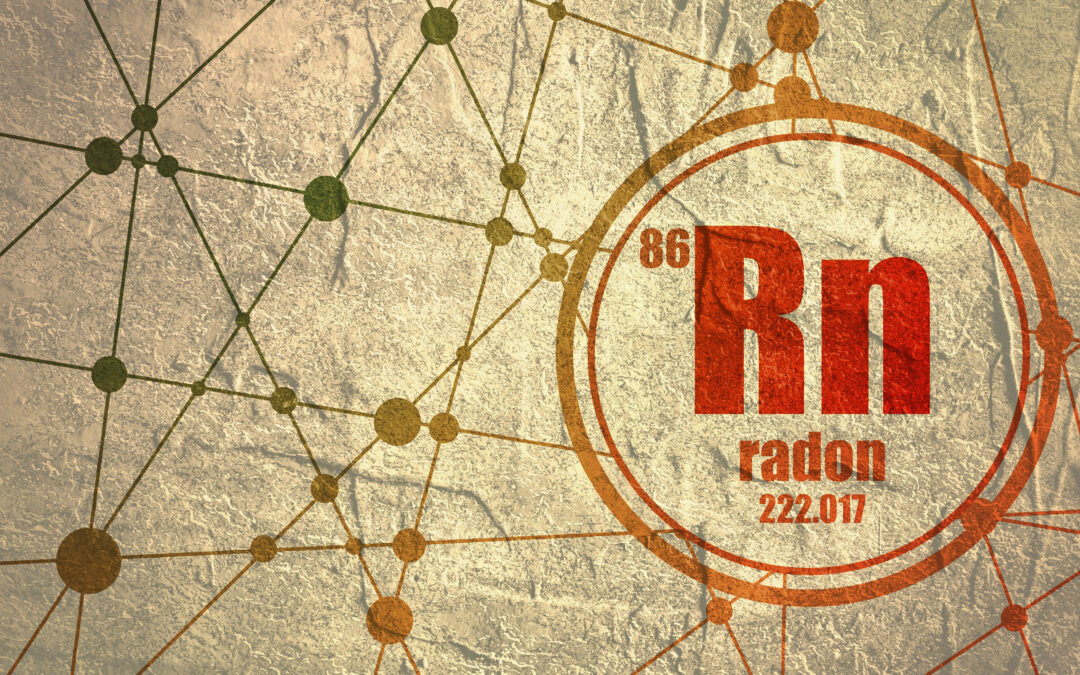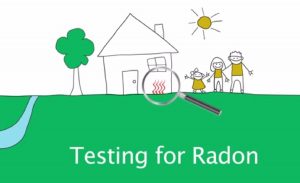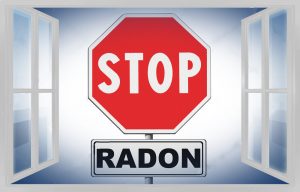Before we talk about how to install a radon mitigation system by ourselves, what is a radon mitigation system? It might give us a clearer perspective of how we should handle it.
However, before everything else, we need to know;
What is Radon?
Radon is a part of group 18 of the periodic table. The entire group as a whole is also known as Noble Gasses.
The Noble Gasses are famous for being unreactive and neutral. This is why they are unique in themselves. Yet, they have a star in their group, which is most talked about.
That member is Helium. Its similarities to Hydrogen and its abundance make it the talk of the periodic table. This is why gasses like Radon get overlooked.
Radon is a noble gas. However, unlike the rest of its members, Radon isn’t neutral or non-reactive. On the contrary, Radon is a radioactive gas.
Radon is a radioactive gas. It is created naturally when radioactive metals such as radium, thorium, or uranium break down in the form of rocks, soil, or water.
Now radon gas can escape through the cracks of those rocks. If it mixes in the air for people to inhale, it can have significant consequences.
What are the consequences of Radon?
Radon, a radioactive gas, can be fatal for human consumption. This is true especially when escaping from the cracks of the rocks and mixed with air.
Radon, mixed in the air is a fatal consumption for humans. The gas might get mixed into the inner linings of a person’s lungs. If consumed for a long time, it can damage lung cells and lead to lung cancer.
Studies have shown that the biggest cause of lung cancer is the smoking of cigarettes. The second biggest reason for lung cancer is the consumption of Radon gas.
Researchers have declared Radon as the cause or reason for other forms of cancer.
So, you need to be careful around Radon and take necessary precautions.
Now that you have known the consequences of Radon, we should know more about what Radon mitigation systems are.
Radon mitigation system for Your Home
Radon awareness in recent times has made people take it seriously.
A radon mitigation system, for one, can help you live radon-free. The radon mitigation system reduces the percentage of Radon gas to as low as possible. It also eliminates radon from the water level.
There are three types of Radon mitigation systems-
1. Sub-Slab suction
This method helps extract the entire radon gas from under the foundation of your apartment or building.
2. Drain tile suction-
A pipe extracts the radon gas from the drain tile and vents it into a covered basket.
3. Sub-membrane-
This process is used for small spaces. Here, you use a plastic sheet to cover those small places. Then, a pipe is used to extract the gas from that narrow place and vent it out.
Can you install a radon mitigation system all by yourself?
The answer to the above question is, yes, you can install a radon mitigation system yourself. But it’s not recommended – since there are tons of things that can go wrong. Should you still want to proceed, here is a guide that will help.
1. The first step is to get a radon detector.
This gives a clearer perspective on where the exact location of Radon is in your home. You need to know which parts have more percentages. Again, this isn’t easy without professional equipment to help.
2. How old your home is.
Knowing the age of your home will help you the exact way in which you should proceed forward with the step. Often though, this isn’t easy if you aren’t an expert.
3. Analyze the structure of your home before anything else.
This can tell you a lot about what needs to be done. The drainage system of your house, the composition of the soil, or the continuity of the foundation of your place plays an important role.
Now, use a rotary hammer to drill a hole in your basement slab. This will allow a 3-inch plastic pipe within it.
Dig out the slab to have a small put for you. The size of this pit will completely depend on whether the soil below is granular. The more granular the soil, the smaller the pit should be.
Now, join a 3inch PVC pipe together and run it across your entire house. Ensure the pipe is glued tight together and there is no leak.
Run the pipe into the pit you dig a basement, place a rod between the basement slab and pipe, now be careful to seal the joint with cement.
8. Install a fan into a part of the house that will continue to run the entire day, and attach the pipe to that fan.
9. Drill holes at a few places in your basement to know if the system is working or not. Once it is verified that the system is working, you can fill these holes with cement.
Why Hire Radon Mitigation Experts?
Now, you can install a mitigation system all by yourself, but it’s not easy or straightforward. For one, you need to know everything about electronics, plumbing, roofing, and installation.
Simple mistakes, for instance, may lead to a leak in the pipe. If Radon gets out from that leak, it can cause more damage than one can imagine.
The better idea? Hire an expert to install a radon mitigation system at your place. At Atlantic Radon, we have all the right equipment and experience required to make your home radon free.
Our radon specialists can help evaluate the cause of your problem but make your home radon-free!




